
NPS / Jim Peaco Like many other birds of prey, osprey (Pandion haliaetus) populations declined due to pesticide use in the mid-1900s and rebounded in the latter part of the century, after the banning of pesticides such as DDT. The first study of osprey in Yellowstone National Park occurred in 1917 by M. P. Skinner, the park’s first naturalist. It was not until 1987 that the Yellowstone National Park bird program began monitoring breeding osprey annually, although an extensive survey on reproduction, diet, and habitat was conducted during the 1970s. Ospreys are surveyed via fixed-wing aircraft and by ground-based surveys from May through August. During the survey flights, the majority of nests are monitored for occupancy and breeding activity. In addition, many suitable lakes and rivers are surveyed for potential new territories and nest sites. Since monitoring began, Yellowstone’s population of osprey has declined, particularly on and around Yellowstone Lake where currently no occupied territories are known. Nest success has remained relatively stable, with about 50% of nests producing one to two young per year. ResearchA recently completed study conducted by park biologists found a significant relationship between the declines in cutthroat trout and osprey reproduction at Yellowstone Lake. Recent increases in the number of young cutthroat trout caught by the Yellowstone fisheries program during the fall netting assessment are encouraging. An increase in cutthroat trout production may lead to an increase in nesting pairs of ospreys and improved nesting success at Yellowstone Lake. ResourcesAnnual Bird Program Reports. National Park Service, Yellowstone National Park. https://www.nps.gov/yell/learn/nature/birdreports.htm Baril, L.M., D.W. Smith, T. Drummer, and T.M. Koel. 2013. Implications of cutthroat trout declines for breeding ospreys and bald eagles at Yellowstone Lake. Journal of Raptor Research 47(3): 234–245. Poole, A.F., R.O. Bierregaard, and M.S. Martell. Osprey. The Birds of North America Online. https://birdsna.org/Species-Account/bna/species/osprey/introduction 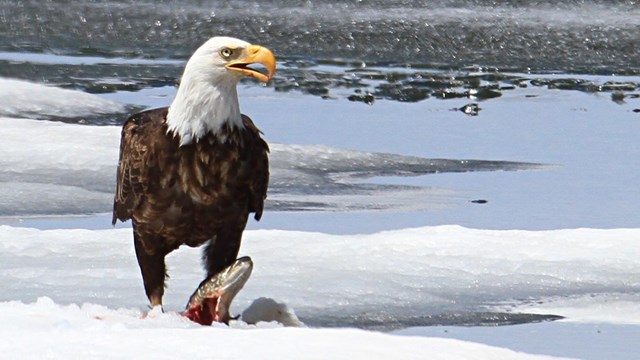
Bald Eagle
Bald eagles can be seen along Yellowstone's many rivers and lakes. 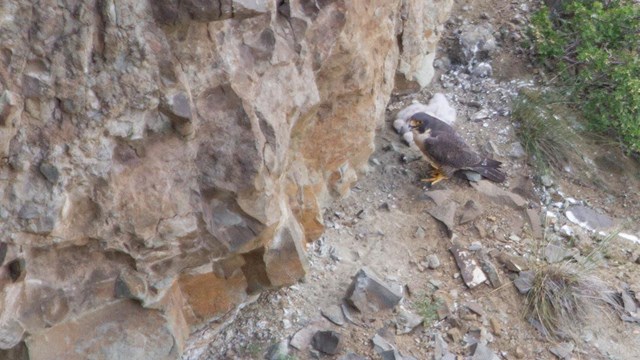
Peregrine Falcon
Peregrine falcons are some of the fastest birds. 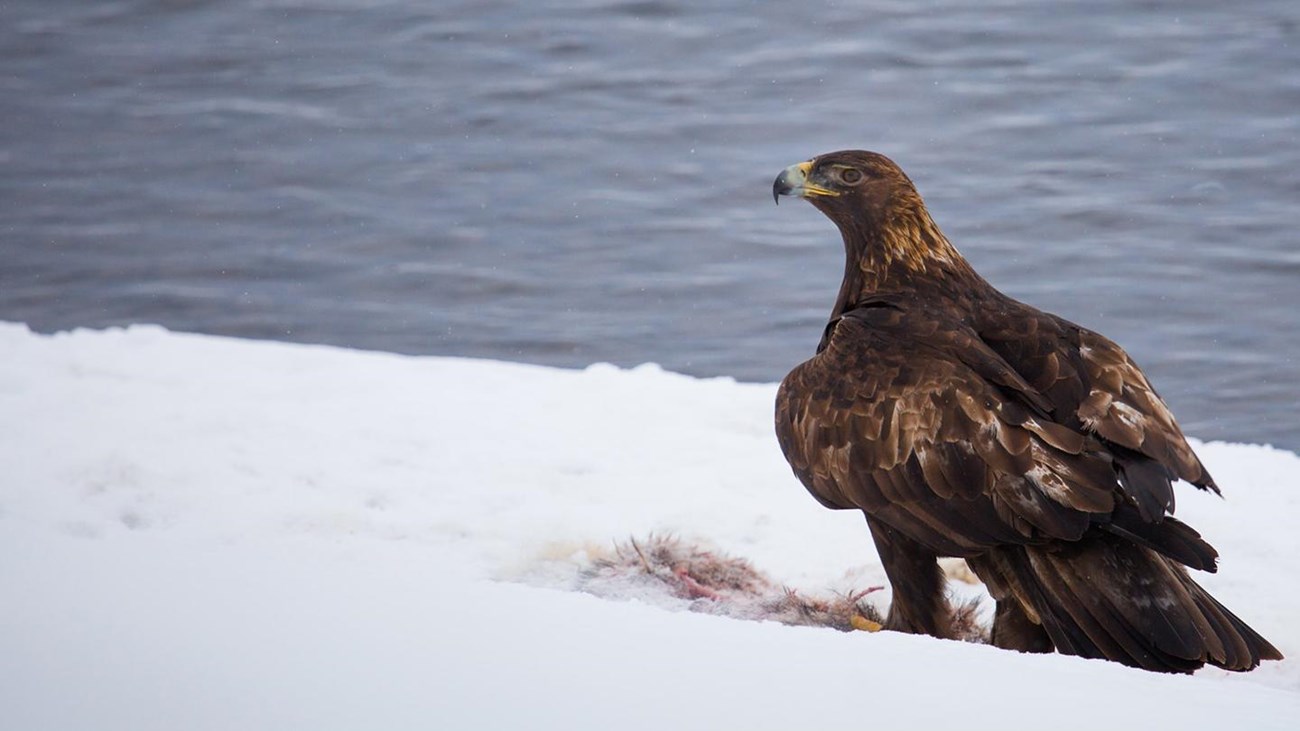
Golden Eagle
Golden eagles are named for the yellow feathers at the base of the neck. 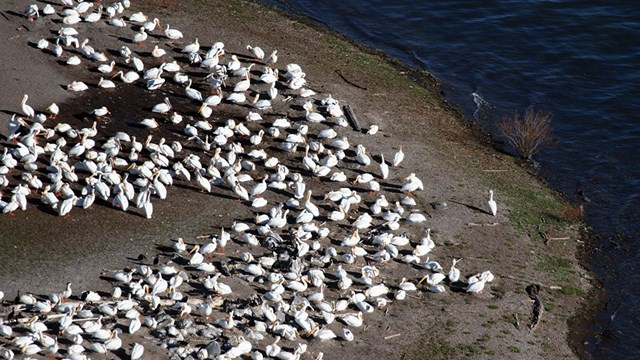
Colony Nesting Birds
American white pelicans and other colonial nesting birds nest primarily on the Molly Islands in the southeast arm of Yellowstone Lake. 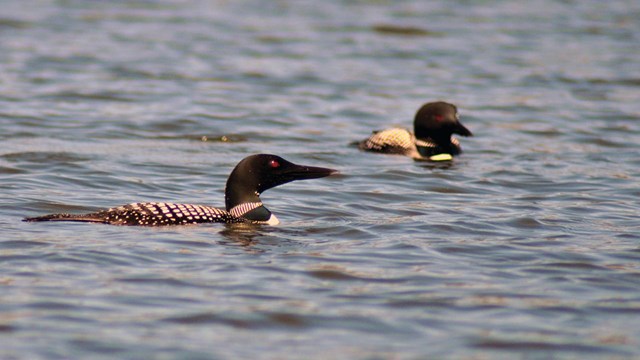
Common Loon
Loons in Yellowstone are some of the southern most breeding populations. 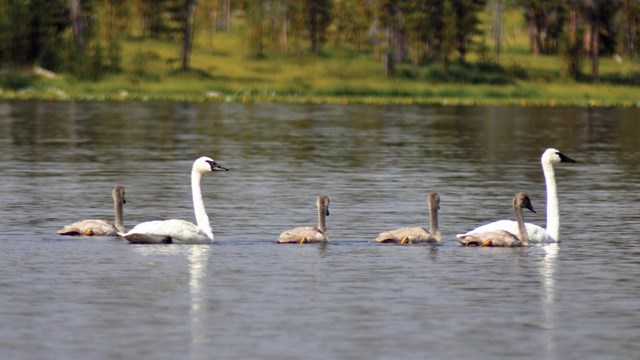
Trumpeter Swan
Trumpeter swans are the largest wild waterfowl in North America. 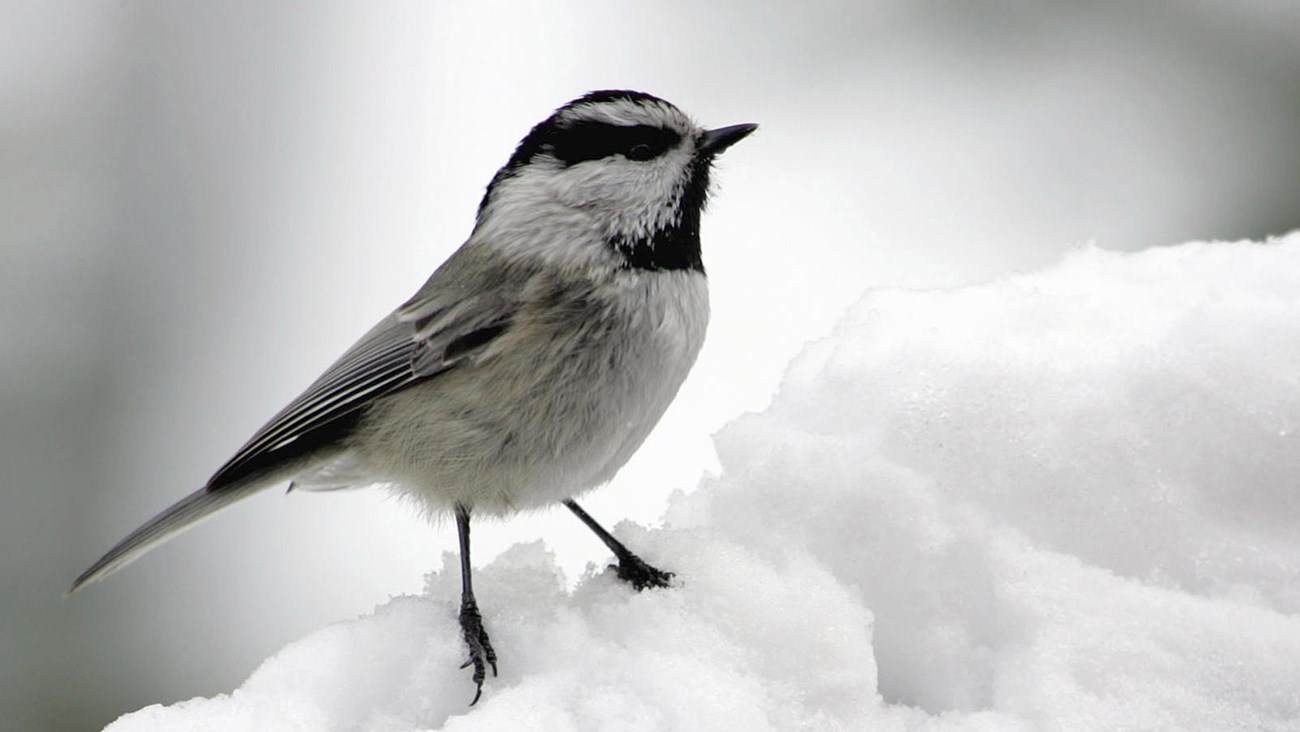
Songbirds and Woodpeckers
Passerine and near passerine species comprise the majority of bird species in Yellowstone. 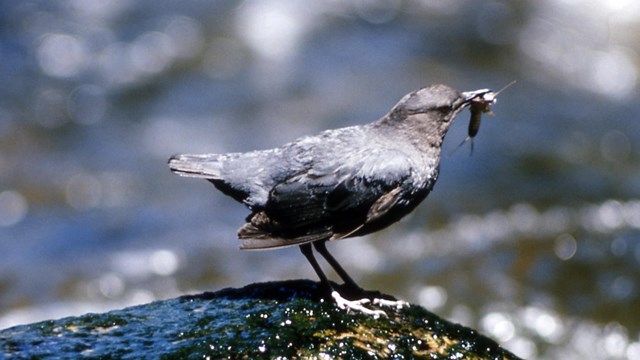
American Dipper
Also known as the water ouzel, these birds dive into water for aquatic insects. 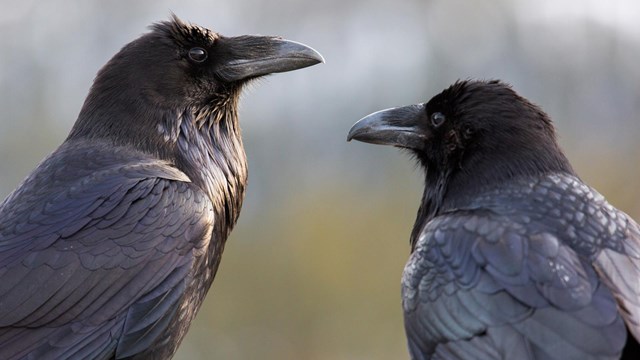
Raven
Ravens are smart birds, able to put together cause and effect. 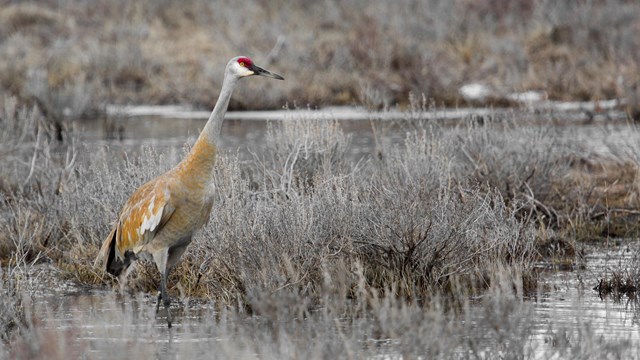
Sandhill Crane
Sandhill cranes nest in Yellowstone during the summer. 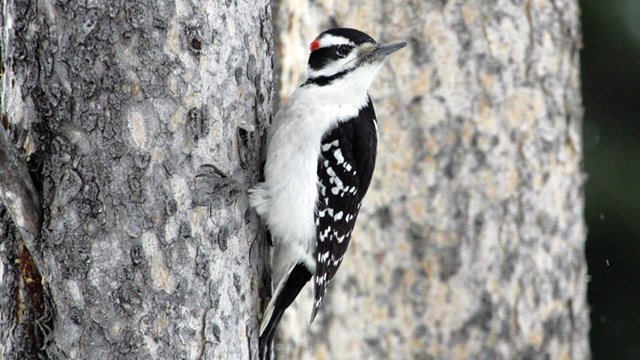
Birds
Spring is a wonderful time to look for birds, as migration brings many birds back to the park. 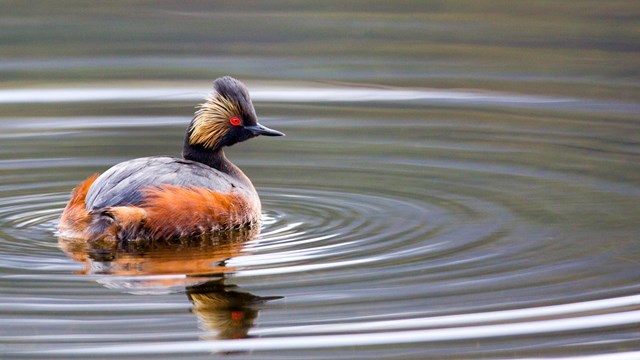
Sound Library
Immerse yourself in the aural splendor of Yellowstone. |
Last updated: April 18, 2025
